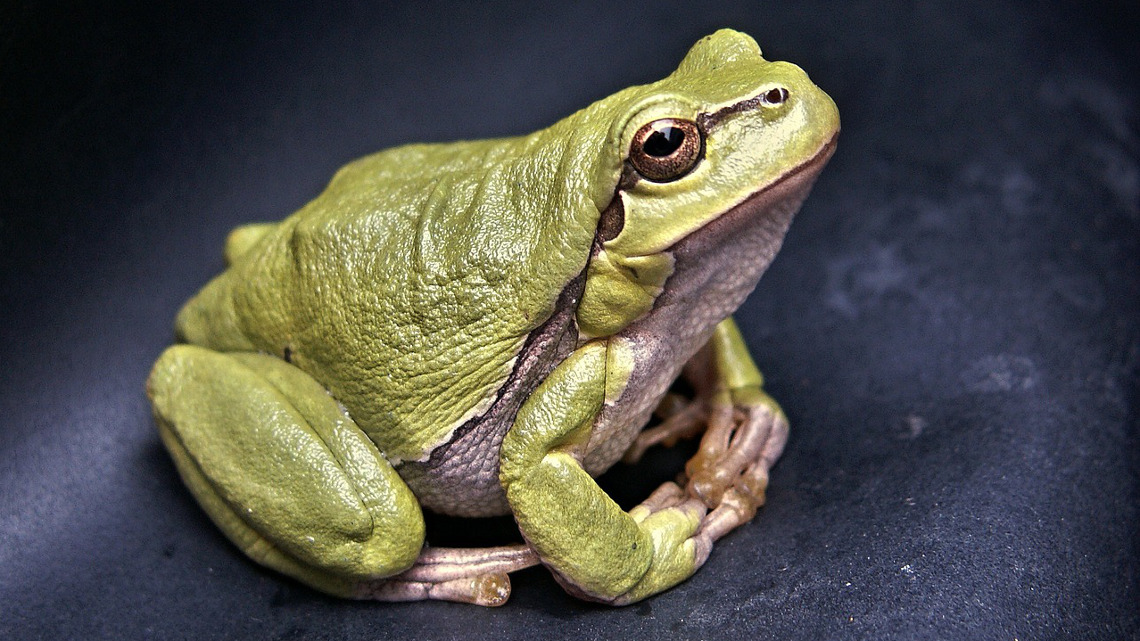Where do frog legs come from?
Berlin-based researcher establish new analysis of origin for frog legs. The specific pattern of isotopes within each animal can tell, whether they indeed stem from sustainable farms.

Amphibians such as frogs play an important part for the ecological equilibrium. On the one hand they serve as a food source for many birds and mammals, on the other hand they also consume a large amount of insects themselves, and are thus invaluable to keep pests at bay. In Germany and Europe more and more frog legs are being sold as delicacies. However, if the rising demand is met by catching wild frogs instead of breeding them under sustainable conditions, the balance of the ecosystem will be destroyed. A team of researchers at the Natural History Museum Berlin developed a new Isotope analysis-assay to determine the origin of frog legs.
Isotopes can tell the difference
Each year approximately 500 million frogs are eaten. In order to prevent negative consequences for the environment due to these massive amounts, frogs are being sustainably bred and cultured – similar to chicken and cattle. However, since it is cheaper to catch and sell wild frogs, it is important to check where the frogs in our supermarkets are actually coming from. That is why researchers at the Berlin Natural History Museum developed a specific assay to analyse the isotopes of each frog leg. The team was lead by Carolin Dittrich and published their results in the journal “Ecology and Evolution“.
Naturally many elements exist in different isotopic compositions – depending on their geographical origin. And according to the specific isotopic compositions researchers can track not only the geographical origin of the animals, but also their “lifestyle” and food sources. Some rare and heavy isotope compositions even accumulate up the food chain. For instance, the amount of heavy nitrogen in tissue is higher, the more animal food has been consumed.
Knowing what was on the menu in order to protect the ecoysstem
In order to track the frogs origins, Dittrich and her colleagues have analysed the composition of the stable isotopes of nitrogen, carbon, and oxygen in the muscles and bones of the frogs. Dittrich explains the benfit of the new analysis: “ We can find out what an animal has been feeding on. And even the variety of food sources is recorded in the signature of the isotopes." Based on these analyses the researchers found out that the frogs' legs were very likely to originate from the indicated countries – but not all them were in fact from sustainable farms. About half of the animals grew up under natural conditions.
Moreover, genetic studies have shown that the labelling of the packages was not always correct. The researchers hope that their method will become a tool for nature conservation and customs controls, in order to check the origin of frogs' legs and thus minimize the trade in animals from wild populations. Mark-Oliver Rödel of the Museum summed up the benefits: "The hunting pressure could be taken from natural populations and therefore contributing to the stability of ecosystems and ultimately help the respective populations."
jmr


